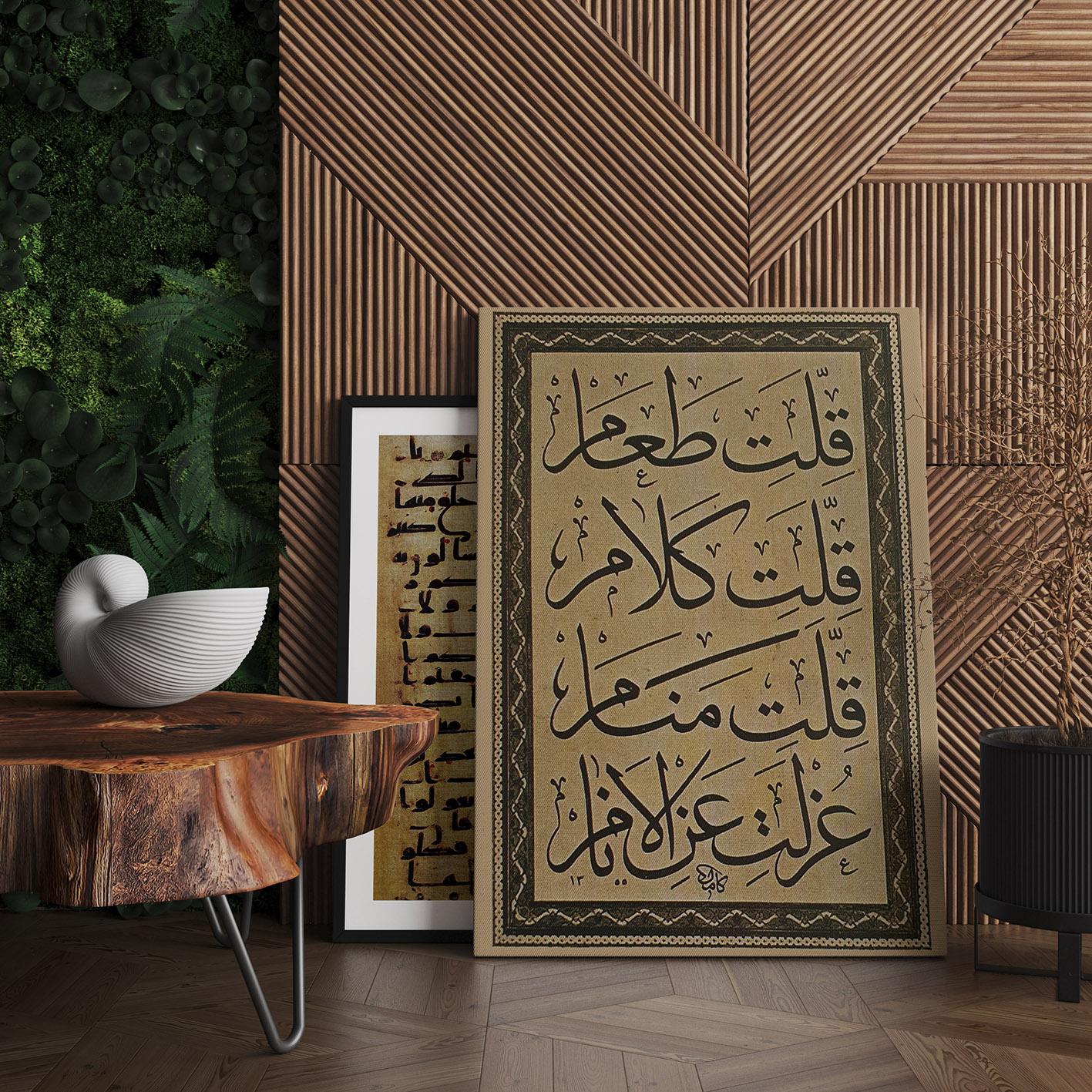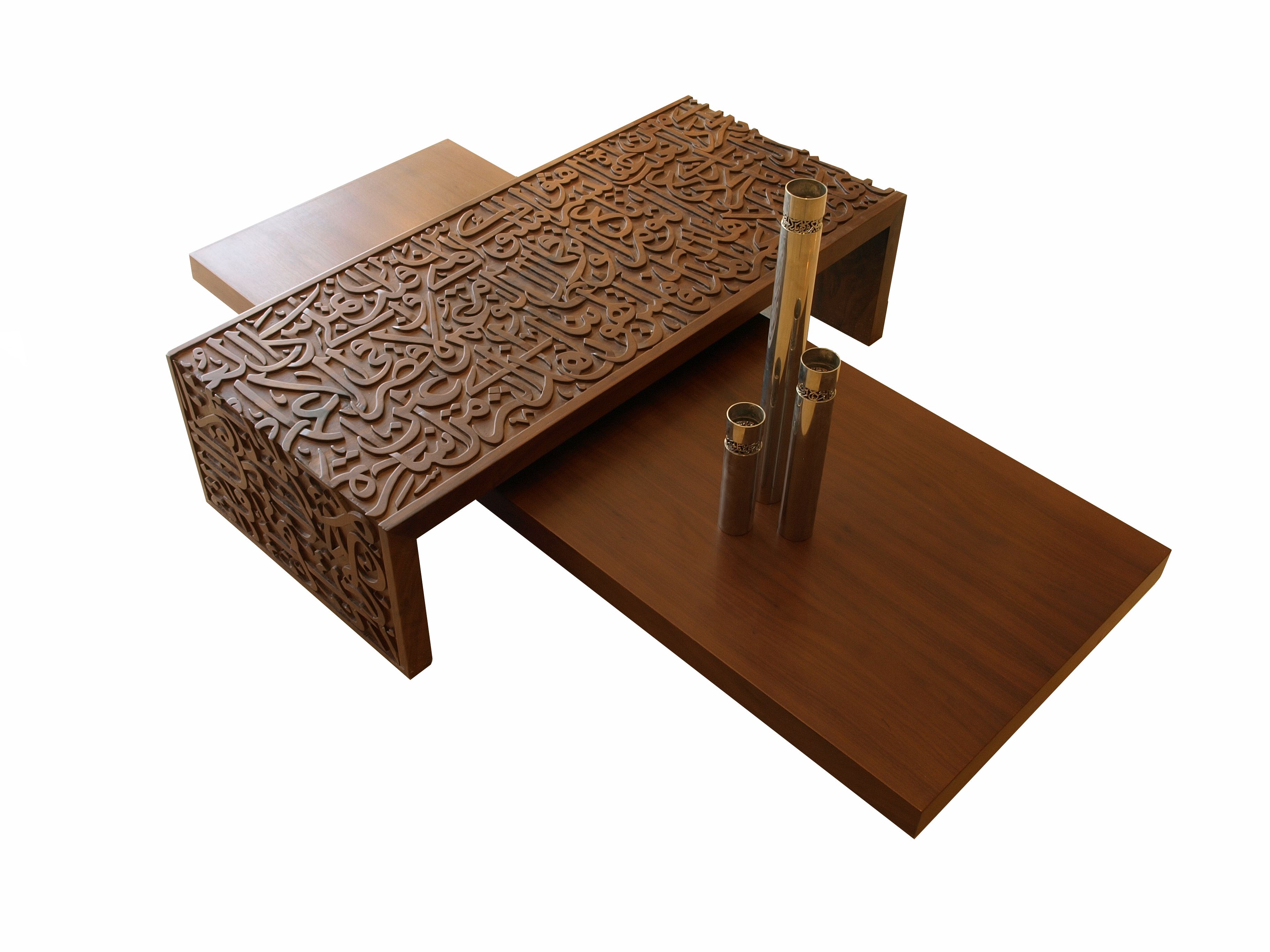
Written by: Dr. Ashraf Reda
Date: 2022-01-10
Calligraphy is the art of beautiful, stylized, and elegant handwriting or lettering with pen or brush and ink. It is considered the quintessential art form of the Islamic world—Arabic letters decorate objects ranging from bowls to buildings. Calligraphy, from the Greek words kallos (beauty) and graphos (writing), refers to the harmonious proportion of both letters within a word and words on a page.

Calligraphy is the art of beautiful, stylized, and elegant handwriting or lettering with pen or brush and ink. It is considered the quintessential art form of the Islamic world—Arabic letters decorate objects ranging from bowls to buildings. Calligraphy, from the Greek words kallos (beauty) and graphos (writing), refers to the harmonious proportion of both letters within a word and words on a page.
The History of Calligraphy
The modern Egyptian cultural renaissance during the 19th century studied the many civilized aspects the country has witnessed such as education, journalism and print, translation and publishing as well as comprehensive studies of the era of Muhammad Ali (1805-1848). One of the most important aspects of this renaissance was the arts movement in general, especially calligraphy, which has not had enough of the academic studies that monitored and analyzed the evolution of this art at the time.

Arabic calligraphy is considered one of the most prominent Arabic arts that were shown in the creative works of Islamic art, where it showed, using all its directions and schools, the uniqueness and humanity of Arabic arts. Arabic calligraphy was born from the roots of Arabic writing and lettering and has shown a new value for them. It then branched its mission in later civilizations, surpassing the initial mission of conveying meanings and thoughts, to become more and more of an artistic medium, where it has become a separate form of art with its own philosophy and artistic proportions and its status kept increasing with more and more creative forms and arts through different art directions.

Arabic Calligraphy as an Art Form
One of the earliest uses of calligraphy and motifs in art was Islamic arts, preceded by Greek and Roman arts, which didn’t show calligraphy but had shown motifs inspired by other elements like plants, animals and even geometrical shapes that were shown to decorate different artistic products and buildings like temples and palaces.
However, the first creative and artistic use of calligraphy and letters started with the brushes and pens of Arab artists during the genesis of Islamic arts. It has since built its history through the Islamic ages and has become an integrated part of Arab history while every Arab artist and enthusiast has practiced this Islamic art.

That is how Arabic calligraphy has become much deeper than just letters transporting meanings to become a true art form with its own value and soul passed down through generations.
Arabic calligraphy is considered one of the most important forms of graphic and applied arts in Arab history as it combines all structural aspects of painting, drawing and other arts like composition, balance, and aesthetic values. Thus, the Arabic letter has achieved its categorization as an art element where artists managed to show the beauty and soul of the Arabic letter once more through the ease of application of its unique shaping and dimensions.

Arabic Letterism
The Arabic letter has also entered a new experiment in contemporary art, called Arabic Letterism, which art critics see as a healthy phenomenon in this stage in history, due to the transformations taking place in the Arab world at the beginning of its cultural civilization development, as well as its artistic development, in a counterattack to face the western cultural invasion of the Arab countries, through looking thoroughly into the concept of the Arabic identity and authenticity, to establish a local cultural curriculum in the Arab world.

Arabian arts have been an influence on the fine arts created by Arab artists using Arabic calligraphy and inspired by the spirit of arts brought over from the era of Islamic civilization, and the arts that thrived back then in Egypt, Levant, Iraq and Andalusia.


Calligraphy as a Design Element
The 1970s marked the return of Arabic calligraphy as a design element in interior design and furniture elements, in a contemporary simulation of what has historically appeared back in the Mamluk and Fatimid dynasties, where elements of the Arabic letters and writings were integrated with Arabian motifs in furniture design. Arab designers and fine artists have confirmed in their first conference that they are interested in using Arabic lettering as an inspiration in their arts to reveal the identity of Arabic letters and calligraphy, depending on their contemporary artistic aspirations. The importance of this inspiration was discovered at the beginning of the twentieth century, as some international art movements used this inspiration, such as cubism, abstract expressionism and surrealism, but I believe Arab artists are more able than others in being inspired by their alphabet because the real value of the letter is in its linguistic background and its social, human, spiritual and emotional environment. The terms of its existence are the terms of the existence of the Arab human, in the sense that the Arabic writer and speaker is always closer to comprehending the Arabic letter than any other person.


Written by: Dr. Ashraf Reda
Professor of Fine Arts
Executive Director, Arts & Culture Complex





